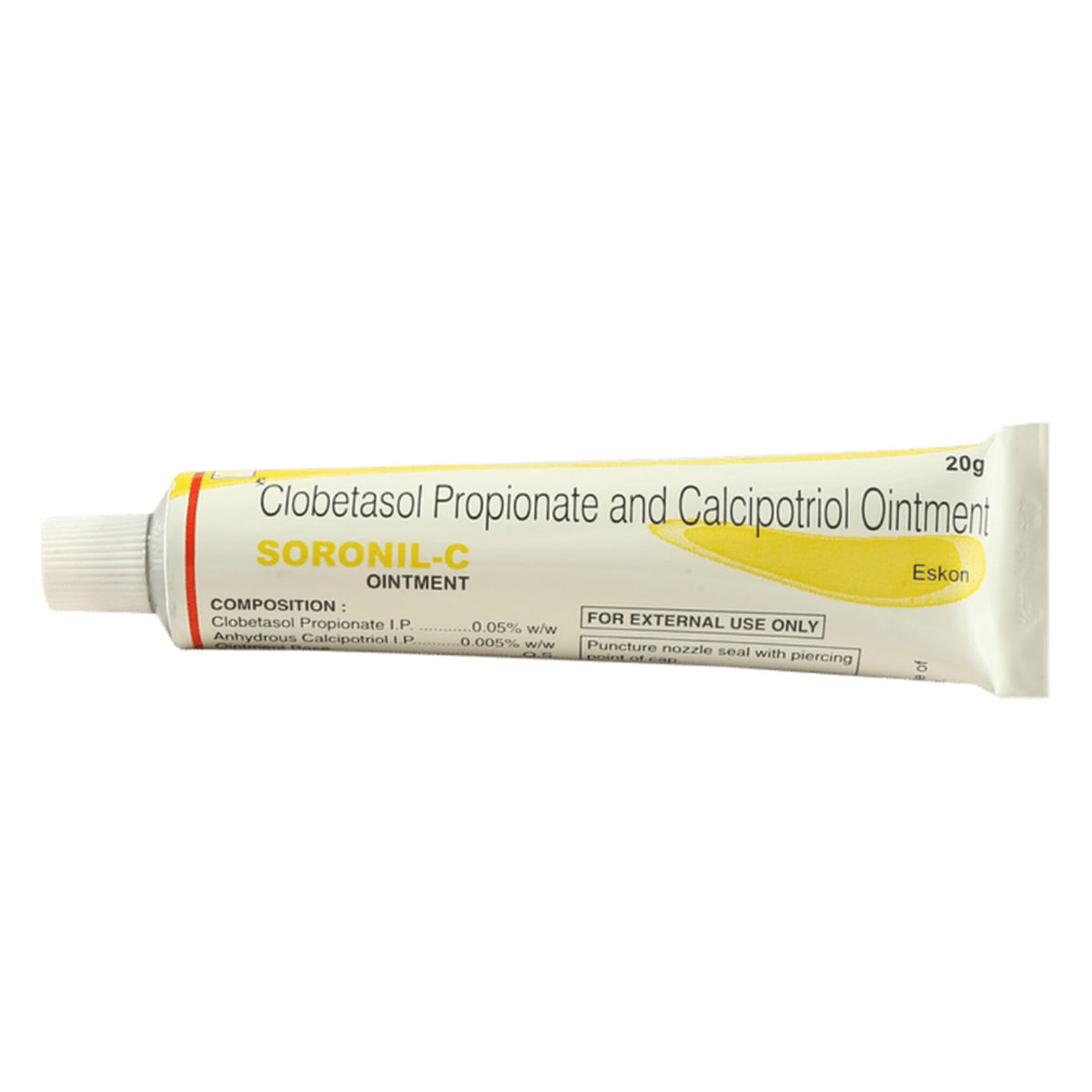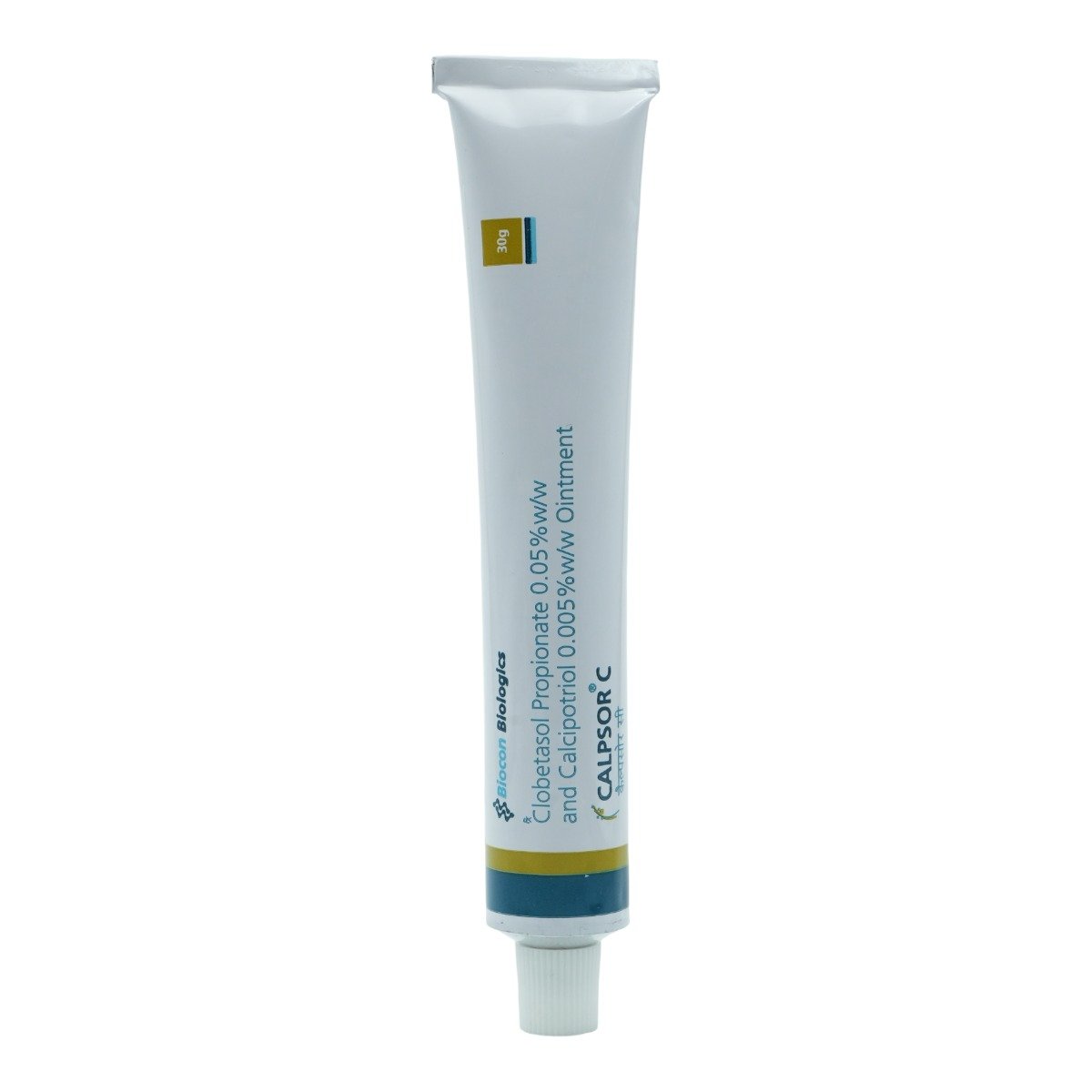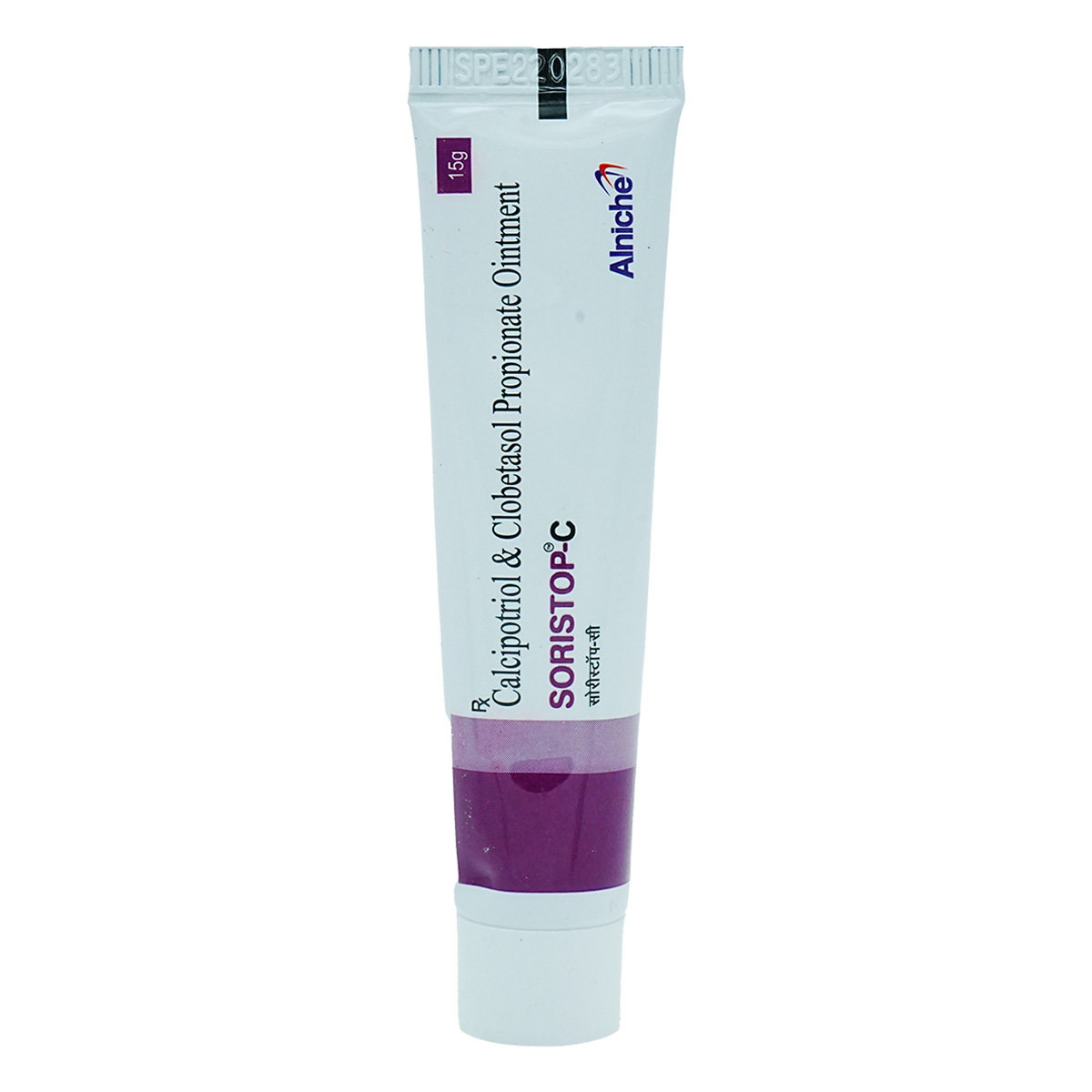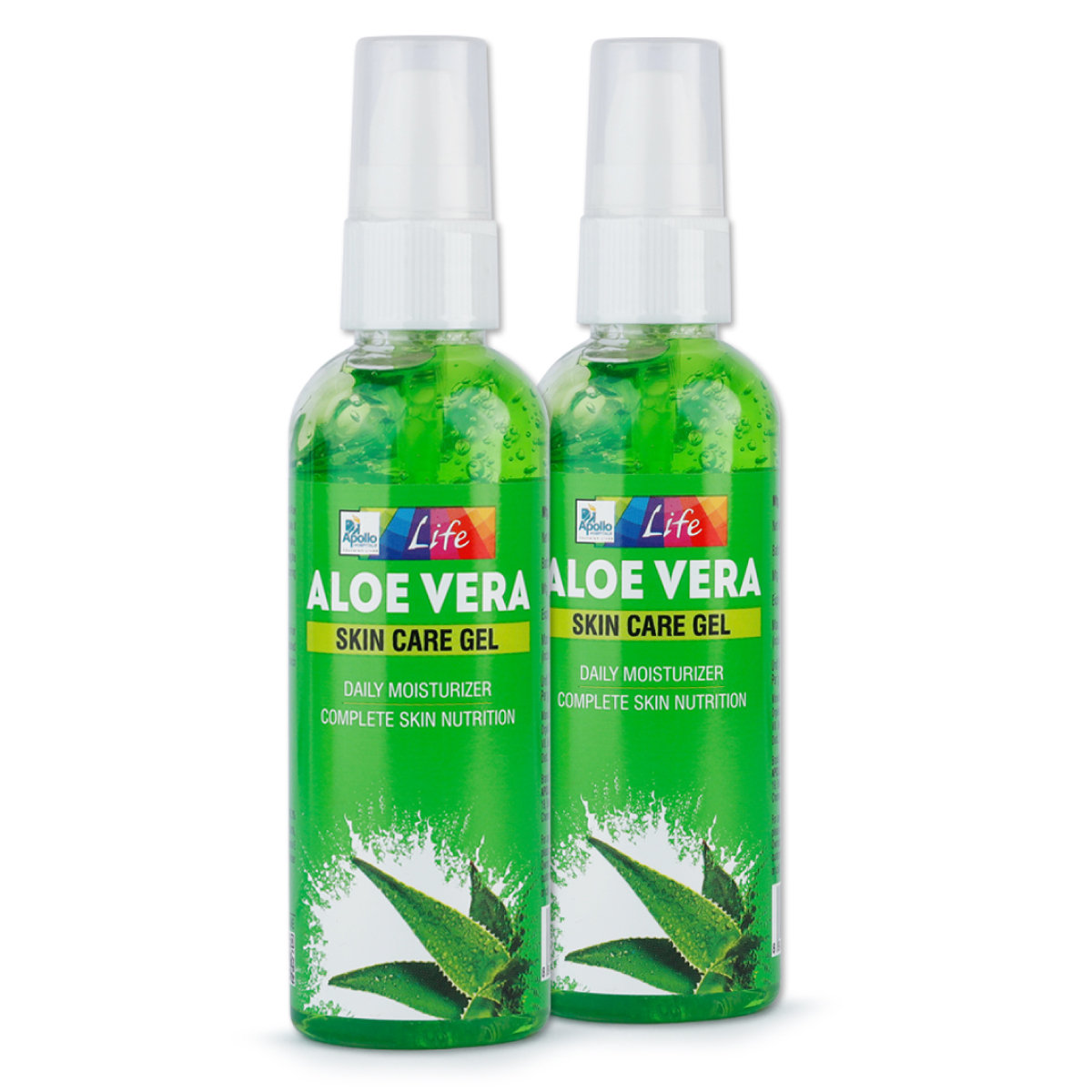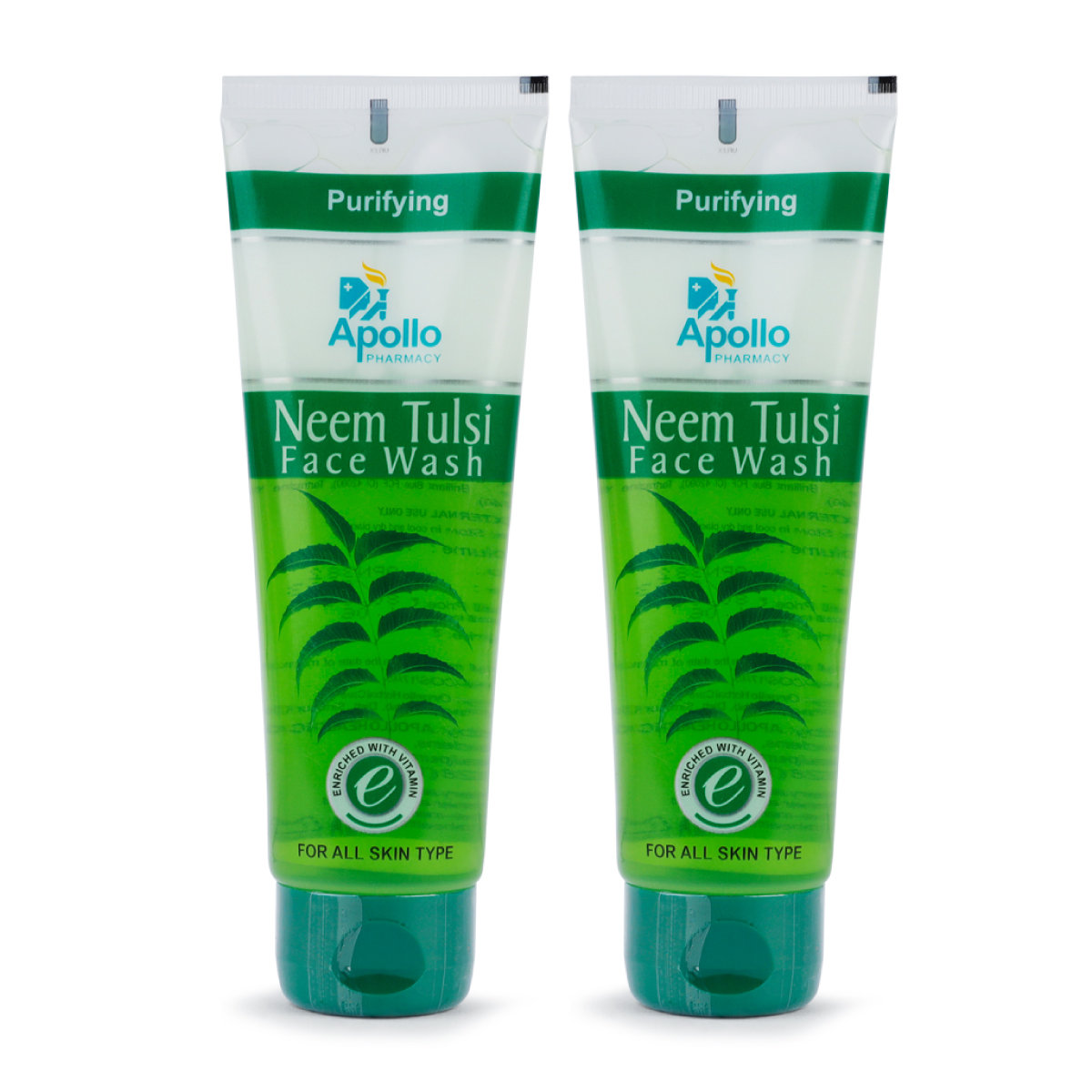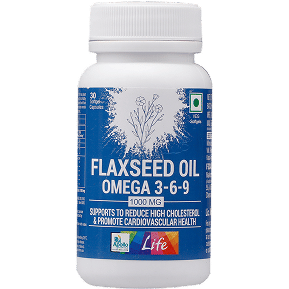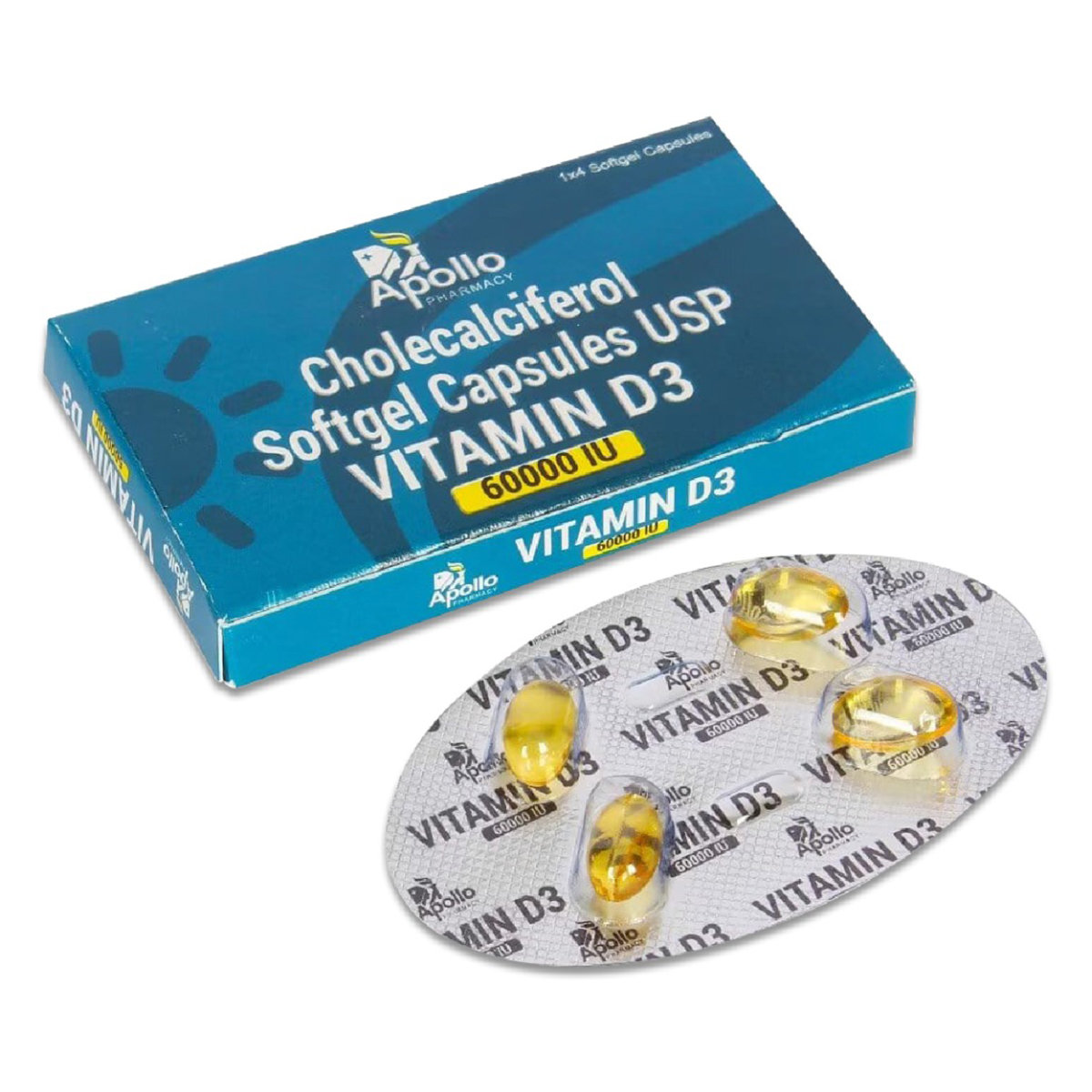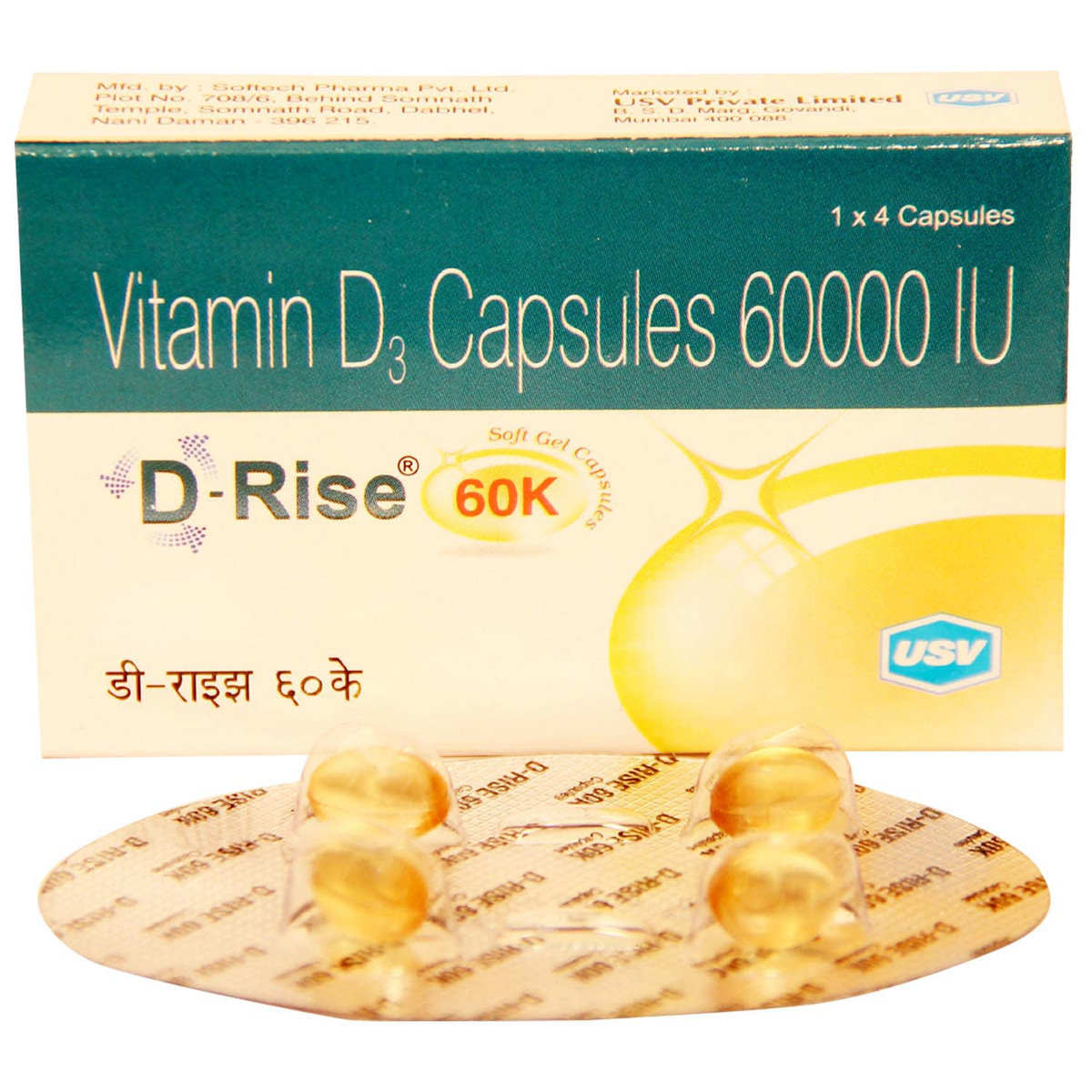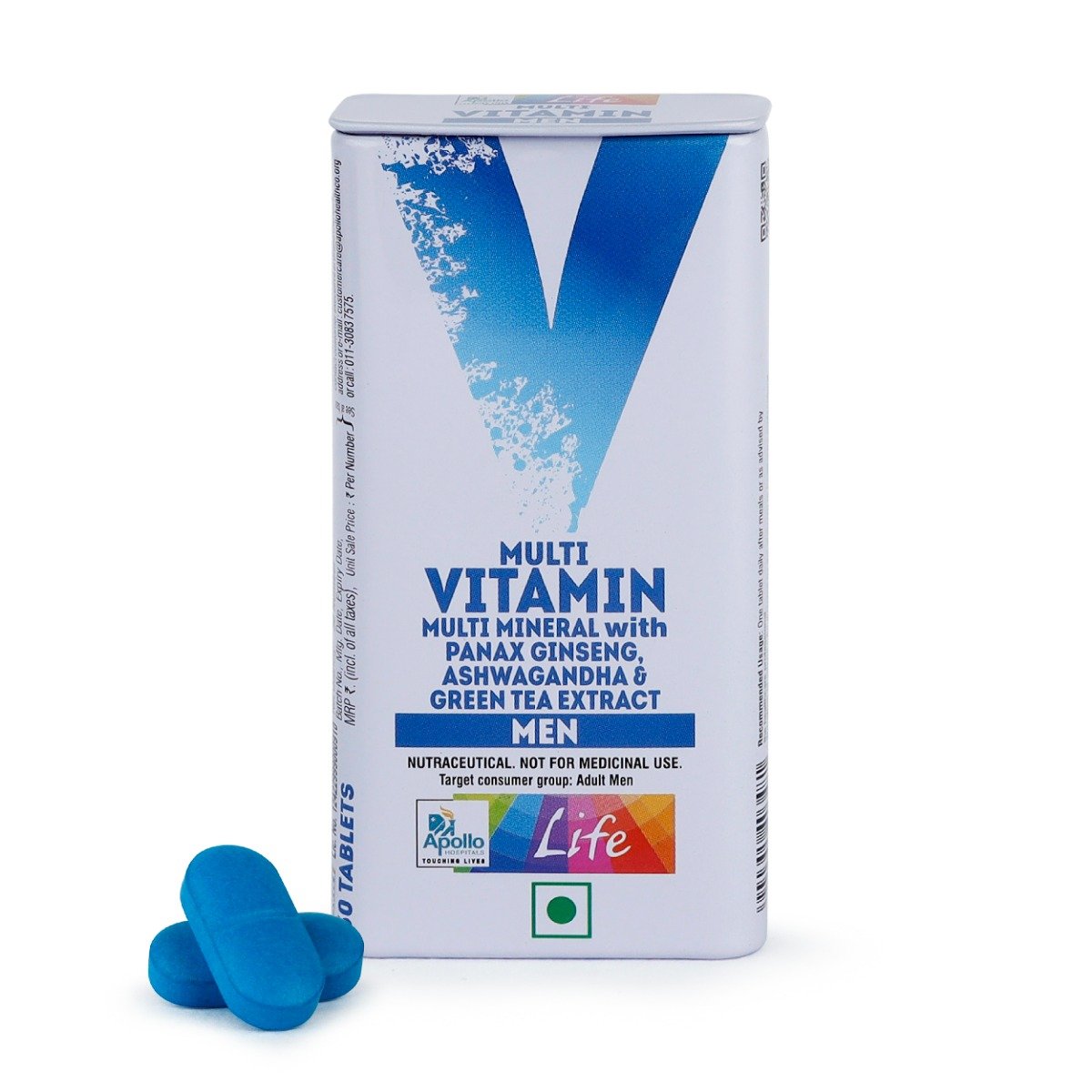Pasitrex C Ointment


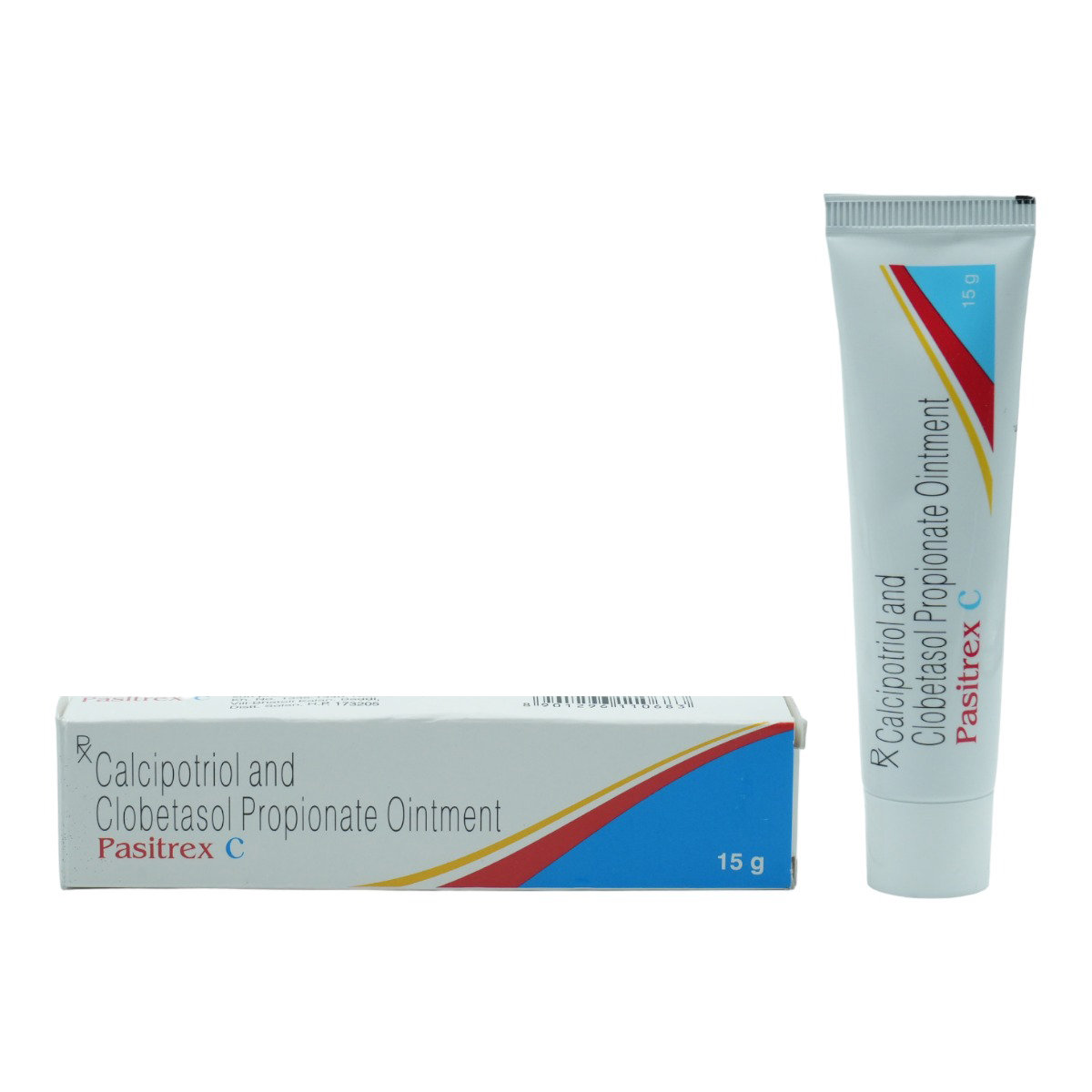



MRP ₹495
(Inclusive of all Taxes)
₹74.3 Cashback (15%)
know your delivery time
Provide Delivery Location
Composition :
Manufacturer/Marketer :
Consume Type :
Expires on or after :
Return Policy :

Secure Payment

Trusted by 8 Crore Indians

Genuine Products
Therapeutic Class
Country of origin
Manufacturer/Marketer address
Author Details
We provide you with authentic, trustworthy and relevant information
Disclaimer
Alcohol
Safe if prescribed
No interaction found of Pasitrex C Ointment with alcohol.
Pregnancy
Consult your doctor
There is limited data on how the Pasitrex C Ointment affects pregnancy. Please consult your doctor if you are planning to become pregnant or already pregnant before starting Pasitrex C Ointment.
Breast Feeding
Consult your doctor
It is not known if Pasitrex C Ointment passes into the breast milk. Please consult your doctor before using Pasitrex C Ointment if you are breastfeeding.
Driving
Safe if prescribed
There have been no studies to investigate the effect of Pasitrex C Ointment on driving performance or the ability to operate machinery.
Liver
Consult your doctor
Let your doctor know if you have any history of liver diseases before using Pasitrex C Ointment. Your doctor will weigh the benefits and potential risks before prescribing Pasitrex C Ointment.
Kidney
Consult your doctor
Let your doctor know if you have any history of kidney diseases before using Pasitrex C Ointment. Your doctor will weigh the benefits and potential risks before prescribing Pasitrex C Ointment.
Children
Safe if prescribed
Pasitrex C Ointment is not recommended for children less than 12 years of age.
Product Substitutes
Reference
- https://www.drugs.com/clobetasol-topical.html
- https://www.webmd.com/drugs/2/drug-4403-723/clobetasol-topical/clobetasol-topical/details#:~:text=This%20medication%20is%20used%20to,%2Dhigh%2Dpotency)%20corticosteroid
- https://www.drugs.com/cons/calcipotriene-topical.html
- https://www.webmd.com/drugs/2/drug-1506/calcipotriene-topical/details
About Pasitrex C Ointment
Pasitrex C Ointment belongs to the class of 'antipsoriatic agents', primarily used to treat psoriasis. Psoriasis is a skin disorder in which skin cells multiply and form bumpy (uneven) red patches covered with white scales. These red patches can commonly appear on the scalp, elbows, knees and lower back.
Pasitrex C Ointment consists of two medicines, namely: Clobetasol (corticosteroid) and Calcipotriol (synthetic Vitamin D). Clobetasol is a highly potent 'corticosteroid' with anti-inflammatory, antipruritic (relieves itching) and vasoconstrictive (narrows blood vessels) properties. It blocks the production of prostaglandins (chemical messengers), which make the skin red, swollen and itchy. On the other hand, Calcipotriol (also known as calcipotriene) is a man-made form of Vitamin D that belongs to the class of antipsoriatic agents. It helps in the inhibition of the overproduction of skin cells. It is used to treat plaque psoriasis (psoriasis vulgaris), a condition that develops thick red patches on the skin with a silver or white scaly layer.
Use this medication on the skin only as advised by the doctor. Pasitrex C Ointment is generally safe to use. Some may experience common side effects like itching, redness, stinging sensation, dryness and rash. These side effects do not require medical attention and gradually resolve over time. If these side effects persist longer, please consult your doctor.
Avoid contact with your eyes, nose or mouth while using Pasitrex C Ointment. Rinse it off with water thoroughly if you get the cream in these areas. Brief your medical history to the doctor if you are allergic to Pasitrex C Ointment or any of its components. Let your doctor know if you have any active skin infections before using Pasitrex C Ointment. Pregnant and breastfeeding women should use Pasitrex C Ointment only with proper consultation and caution. Pasitrex C Ointment is not recommended for children less than 12 years of age.
Uses of Pasitrex C Ointment
Medicinal Benefits Mweb
Key Benefits
Pasitrex C Ointment treats psoriasis and is a combination of two medicines: namely: Clobetasol and Calcipotriol (also known as calcipotriene). Clobetasol is a corticosteroid medicine. It blocks the production of prostaglandins (chemical messengers), which make the skin red, swollen and itchy. Calcipotriol is a man-made form of Vitamin D that is an antipsoriatic agent. It inhibits the excess production of skin cells that leads to the formation of scales and patches of the skin in psoriasis. Pasitrex C Ointment helps treat plaque psoriasis, a most common type of psoriasis that develops thick red patches on the skin, with a silver or white scaly layer.
Directions for Use
Side Effects of Pasitrex C Ointment
- Itching
- Redness
- Stinging sensation
- Dryness
- Rash
Drug Warnings
Brief your medical history to the doctor, if you are allergic to Pasitrex C Ointment or any of its components. Therapy with topical corticosteroids like Clobetasol should be administered cautiously in patients with bacterial, fungal, viral and protozoa infections. Pasitrex C Ointment is not recommended for diaper rash. If you are pregnant or breastfeeding, you should use Pasitrex C Ointment only with proper doctor consultation and caution. Pasitrex C Ointment is for external use only. Avoid contact of Pasitrex C Ointment with eyes, nose and mouth. Rinse it off with water thoroughly if you get the cream/ointment in these areas. Do not put a bandage or a dressing on the affected area while using Pasitrex C Ointment unless advised by the doctor. Always wash hands before and after the application of Pasitrex C Ointment. Do not store Pasitrex C Ointment above 25°C.
Drug-Drug Interactions
Drug-Drug Interactions
Login/Sign Up
Drug-Food Interactions
Drug-Food Interactions
Login/Sign Up
Drug-Diseases Interactions
Drug-Diseases Interactions
Login/Sign Up
Habit Forming
Special Advise
- Monitor your blood sugar levels and blood pressure regularly while using Pasitrex C Ointment.
- If you do not notice any improvement of your infection after using Pasitrex C Ointment for one to two weeks, please consult your doctor.
Diet & Lifestyle Advise
- Use mild soap while taking baths and prefer warm baths.
- Always wear loose-fitting clothes to avoid further sweat and spread of the infections.
- Regularly change your socks and wash your feet. Avoid shoes that make your feet sweaty and hot.
- Do not walk barefoot at places like gym showers to prevent infections.
- Do not scratch the affected area of skin as it can spread the infection to other body parts.
- Avoid sharing towels, combs, bed sheets, shoes or socks with others.
- Wash your bed sheets and towels regularly.
- Avoid or limit the intake of alcohol and caffeine.
- Do not scratch or pick your skin to avoid getting the affected area infected.
- Manage stress, eat healthily, drink plenty of water, exercise regularly and sleep peacefully.
All Substitutes & Brand Comparisons
RX
Soronil-C Ointment 20 gm
Eskon Pharma
₹384
(₹17.28/ 1gm)
41% CHEAPERRX
Out of StockTovilog C Ointment
Citaderm Pharma Pvt Ltd
₹590
(₹17.7/ 1gm)
40% CHEAPERRX
Out of StockSoritrol C Ointment
₹311
(₹18.66/ 1gm)
37% CHEAPER

Have a query?
Buy best Dermatology products by
Glenmark Pharmaceuticals Ltd
Sun Pharmaceutical Industries Ltd
Klm Laboratories Pvt Ltd
Cipla Ltd
Canixa Life Sciences Pvt Ltd
Abbott India Ltd
Ajanta Pharma Ltd
Intas Pharmaceuticals Ltd
Dr Reddy's Laboratories Ltd
East West Pharma India Pvt Ltd
Alkem Laboratories Ltd
Atopic laboratories Pvt Ltd
Hegde & Hegde Pharmaceutica Llp
Brinton Pharmaceuticals Ltd
Torrent Pharmaceuticals Ltd
Amwill Healthcare Pvt Ltd
Leeford Healthcare Ltd
Palsons Derma Pvt Ltd
Oaknet Healthcare Pvt Ltd
Med Manor Organics Pvt Ltd
Micro Labs Ltd
Dermocare Laboratories Gujarat Llp
Fixderma India Pvt Ltd
Apex Laboratories Pvt Ltd
Mankind Pharma Pvt Ltd
Ipca Laboratories Ltd
Yaher Pharma
Systopic Laboratories Pvt Ltd
Menarini India Pvt Ltd
Ethinext Pharma
Nemus Pharmaceuticals Pvt Ltd
Skinocean Pharmaceuticals
Dermacia Healthcare
Inex Medicaments Pvt Ltd
Lupin Ltd
GlaxoSmithKline Pharmaceuticals Ltd
Talent India Pvt Ltd
Zydus Cadila
Kivi Labs Ltd
Zydus Healthcare Ltd
Hbc Dermiza Healthcare Pvt Ltd
Mrhm Pharma Pvt Ltd
Regaliz Medicare Ltd
Sol Derma Pharmaceuticals Pvt Ltd
Newtrimed Healthcare Pvt Ltd
Wallace Pharmaceuticals Pvt Ltd
Eskon Pharma
Glowderma Lab Pvt Ltd
La Pristine Bioceuticals Pvt Ltd
Mohrish Pharmaceuticals Pvt Ltd
Percos India Pvt Ltd
Rockmed Pharma Pvt Ltd
Macleods Pharmaceuticals Ltd
Praise Pharma
Ethicare Remedies Pvt Ltd
Kaizen Drugs Pvt Ltd
Aurel Biolife
Rely On Pharmaceuticals
Wockhardt Ltd
Galcare Pharmaceuticals Pvt Ltd
Elder Pharmaceuticals Ltd
Indiabulls Pharmaceuticals Pvt Ltd
La Med Healthcare Pvt Ltd
Biocute Life Care
Yap Bioceuticals
Yash Pharma Laboratories Pvt Ltd
Zee Laboratories Ltd
Apple Therapeutics Pvt Ltd
Adonis Laboratories Pvt Ltd
Albatross Healthcare Pvt Ltd
Galderma India Pvt Ltd
Prism Life Sciences Ltd
FDC Ltd
Alniche Life Sciences Pvt Ltd
Salve Pharmaceuticals Pvt Ltd
West Coast Pharmaceuticals Pvt Ltd
Dermarex HealthCare India Pvt Ltd
Arka Vital Science Pvt Ltd
Dermajoint India
Gary Pharmaceuticals Pvt Ltd
Grace Derma Healthcare Pvt Ltd
Karlin Pharmaceuticals & Exports Pvt Ltd
Skinska Pharmaceutica Pvt Ltd
Uniza Healthcare Llp
Alembic Pharmaceuticals Ltd
Cadila Healthcare Ltd
Cadila Pharmaceuticals Ltd
Cosmofix Technovation Pvt Ltd
Human Pharmaceuticals
Indolands Pharma Pvt Ltd
Lyra Laboratories Pvt Ltd
Akumentis Healthcare Ltd
Entod Pharmaceuticals Ltd
Iceberg Health Care Pvt Ltd
Jenburkt Pharmaceuticals Ltd
P and P Dermaceuticals Pvt Ltd
Dabur India Ltd
Indchemie Health Specialities Pvt Ltd
Olcare Laboratories Pvt Ltd
Unison Pharmaceuticals Pvt Ltd
BODY CREAM
Body Lotion
Face Cream
Shampoo
Sun Screen
Face Gel
Soap
Face Wash
HAIR SOLUTION
Face Serum
BODY GEL
Hair Lotion
Hair Serum
Dusting Powder
ANTISEPTIC
FACE CLEANSER
Face Lotion
Body Wash
Body Spray
Eye Cream
FUNGAL INFECTION
Foot Cream
Conditioner
Eye Gel
Cleanser
Hair Cream
Hair Oil
Face Mask
Hair Gel
Sanitizer
Hair Spray
Moisturiser
Skin Ointment
Lip Balm
Capsule
Eye Serum
Intimate Wash
Specialty Supplements
Hand Cream
Facial Spray
SPECIALITY SUPPLEMENT
Face Toner
MEDICATED SHAMPOO
Tablet
Talcum Powder
BABY SUNSCREEN
Body Butter
Body Scrub
DIAPER RASH CREAM
EYE SOLUTION
FACIAL WIPE
Gargle
Hand Wash
Intimate Spray
Lip Serum
Lubricant Gel
MEDICATED CREAM
Nail Polish
VITAMIN D
Frequently Bought Together
Customers Also Bought


